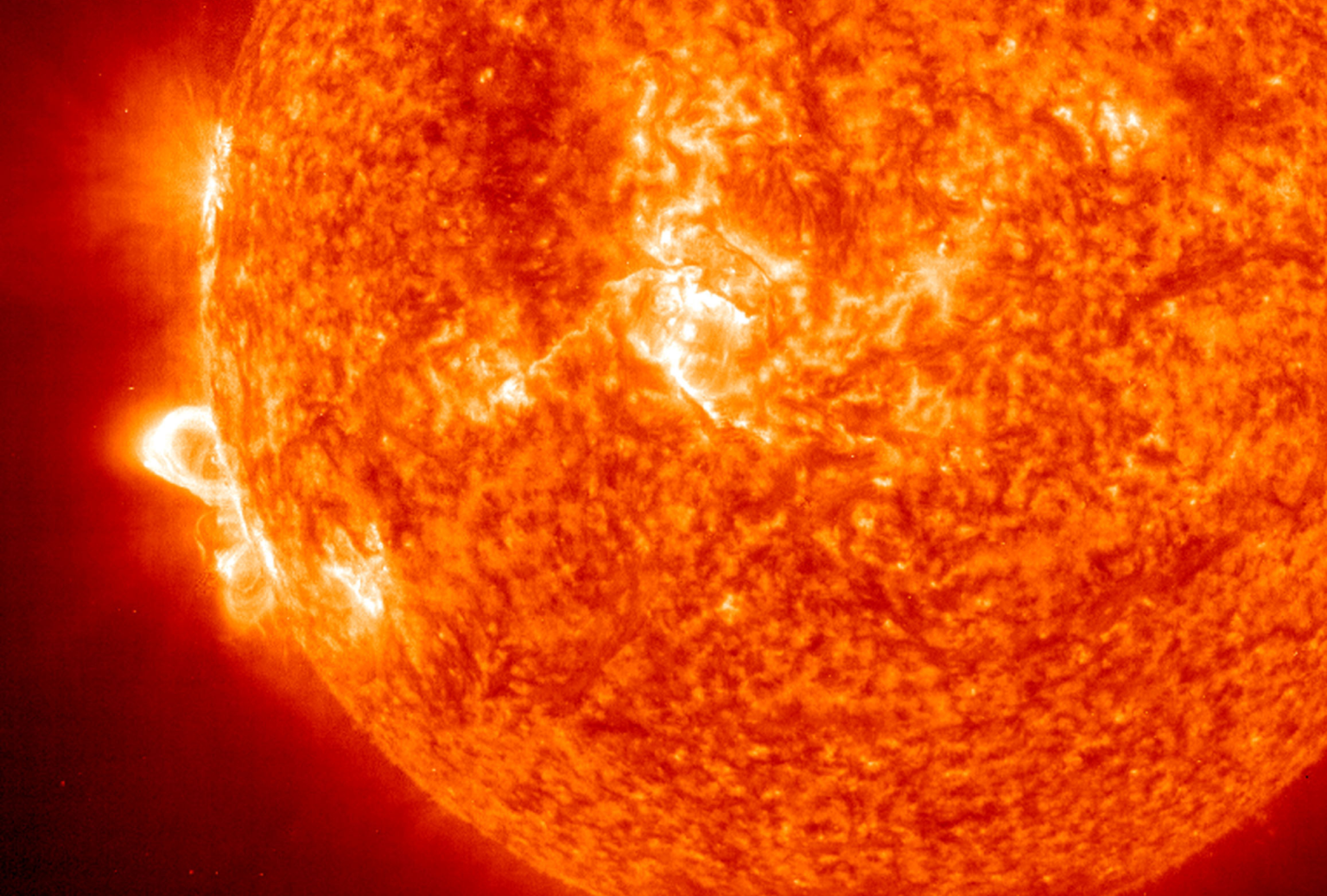A recent surge in solar activity has resulted in a series of solar flares and coronal mass ejections reaching Mars. This phenomenon has provided researchers with the unique opportunity to observe “Martian auroras,” a rare and fascinating display caused by the interaction of charged particles from the sun with the planet’s atmosphere. The increased solar activity is part of the current solar maximum cycle, characterized by heightened levels of geomagnetic storms, solar flares, and auroras. The recent solar events have been especially powerful, with a significant solar flare on May 20th sending out X-rays and gamma rays towards Mars, followed by a coronal mass ejection launching charged particles into space.
NASA’s Mars rovers and orbiters have been instrumental in capturing and studying the effects of the recent solar activity on the Red Planet. The agency’s Moon to Mars Space Weather Analysis Office at the Goddard Space Flight Center has been monitoring the space weather and issued warnings about possible charged particles. One notable observation was made by the Mars Atmosphere and Volatile EvolutioN (MAVEN) orbiter, which detected glowing auroras over Mars. Unlike Earth, Mars lacks a magnetic field to shield it from energetic particles, resulting in the planet being exposed to a barrage of charged particles that create auroras enveloping the entire planet.
The recent solar events have not only provided researchers with a unique opportunity to study Martian auroras but have also posed potential risks to astronauts and spacecraft in space. If astronauts had been near NASA’s Curiosity Mars rover during the recent solar activity, they would have received a radiation dose equivalent to 30 chest X-rays. Similarly, the strong solar radiation storm recorded by the Space Weather Prediction Center on Saturday was the most significant event of its kind since September 2017, posing risks to high-frequency communications in polar regions and space launch operations.
The heightened solar activity observed in recent weeks is part of the peak of the 11-year solar cycle, known as the solar maximum. During this phase, the sun releases more frequent coronal mass ejections and solar flares, leading to an increase in geomagnetic storms and auroras in space. The recent solar events have provided researchers with valuable insights into the interaction between the sun and Mars, shedding light on the unique auroras that occur on the Red Planet due to its lack of a magnetic field. NASA’s continued monitoring and studies of space weather will further enhance our understanding of these complex phenomena and their potential impacts on space exploration and communication systems.


